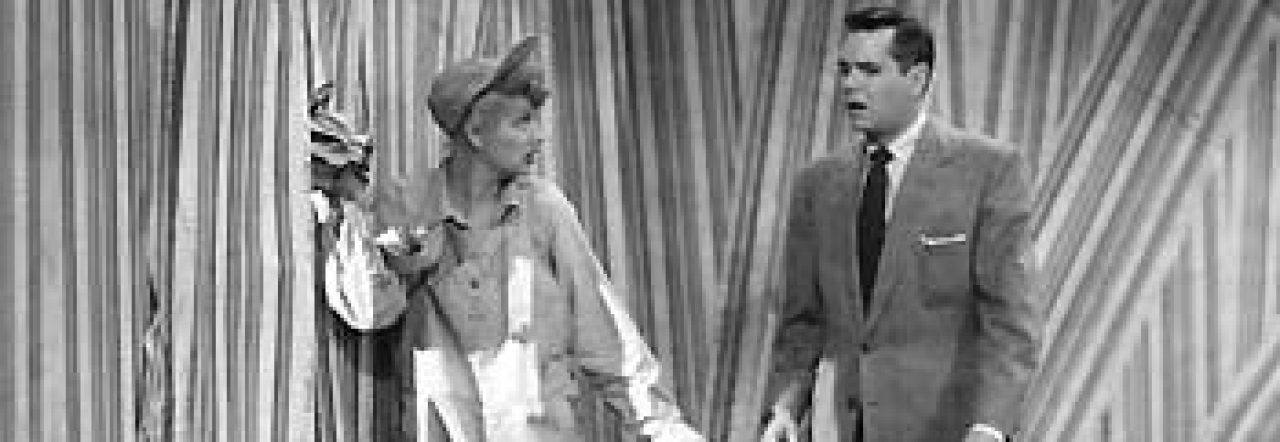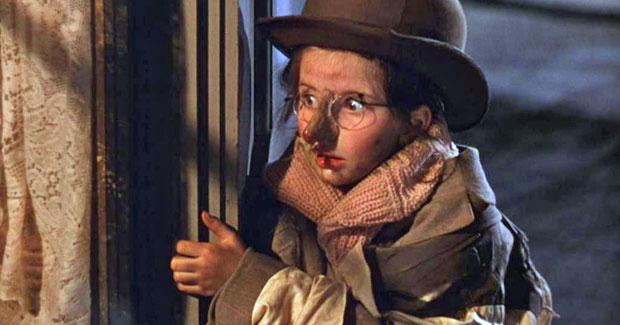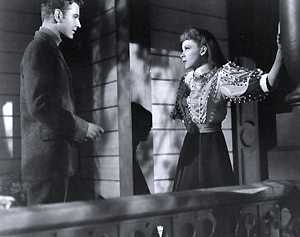
Doris Day would have celebrated her 99th birthday on April 3, 2021. Miss Day passed away almost two years ago on May 13, 2019 at the age of 97. Up until the day she passed away, Doris had devoted the last half of her life to animal welfare–forming multiple non-profit organizations whose intent was to support both animals and other like-minded organizations. Through Doris’ non-profits, she also protected animals’ well-being through her Spay and Neuter program, and support at other legislation aimed to give animals the respect and dignity they deserve when facing illnesses and injuries that could potentially prolong their suffering and pain. With all that I’ve read about Doris and from what I’ve seen of her in interviews, I’m sure that she’s most proud of her animal welfare work and is what she’d like to be her legacy.
For major classic film fans like myself and others, Doris Day will forever be known for her pretty, perky girl next door persona, which later evolved into the persona of a sophisticated career woman. She ended her career playing mother roles. However, in all of these roles, no matter the setting, Doris Day was always a cute, personable woman with a gorgeous singing voice and effortless charm. She, much like the younger Sandra Dee, ended up being saddled with a reputation for being virginal–which really doesn’t make sense considering that she often played a mother toward the end of her career. This “virgin” label is often used as some sort of an insult, as if to discount Day’s work as being trivial or fluff. To this I say, what’s wrong with fluff?
I like fluff.

In a pair of my favorite fluffy films, On Moonlight Bay (1951) and its sequel, By the Light of the Silvery Moon (1953), Day plays eighteen-year old, Marjorie Winfield. We’ll look past the fact that Doris was 29 and 31 in the two films. Day’s youthfulness and effervescent personality more than makes her believable as an eighteen-year old. She was also paired up with frequent co-star, Gordon MacRae, who is adorable in both films. On Moonlight Bay starts the Winfield Family’s story in the mid-1910s. The Winfields have just moved into a larger home in a more affluent neighborhood in their small Indiana town. Marjorie has recently graduated high school and since she’s not getting any younger, her father, George (Leon Ames), is eager to have her meet a suitor and marry. Much to his chagrin however, Marjorie is a tomboy and would rather play baseball than wear dresses and look for a suitable husband.
Lucky for Marjorie however, she soon meets neighbor Bill Sherman (MacRae), an Indiana University student. He is at home while on a break from school. Marjorie is smitten with him and soon is all about being a proper young woman, wearing dresses and the like. At first George is overjoyed, but soon is dismayed when Bill shares his unconventional thoughts regarding marriage and finances. Bill’s thoughts on finances is especially upsetting since George makes his living as a banker. Marjorie’s mother, Alice (Rosemary DeCamp), likes Bill as does Marjorie’s precocious younger brother, Wesley (Billy Gray). The Winfield’s maid, Stella (Mary Wickes), is too busy dealing with Wesley’s hijinks to be concerned about Marjorie and Bill’s relationship.
At some point, George tries to fix Marjorie up with his idea of a suitable suitor, Hubert, but Hubert is lame and dull. Nobody except George likes him. Marjorie reluctantly follows along, but Wesley has no qualms about making his opinions on Hubert known. By the end of the film, the US has entered WWI and Bill leaves to fight in the war. In the sequel, By the Light of the Silvery Moon, it is 1918. WWI is over and Bill returns to his small Indiana town to pick things up with Marjorie. Thankfully, Marjorie has been waiting for Bill and the two resume their relationship.

Marjorie and Bill’s relationship really hits its stride. Except, the now nineteen/twenty-year old Marjorie is ready to marry Bill. However, Bill is reluctant to commit to Marjorie, because he has yet to find a good job. He does not want to marry Marjorie if he is not gainfully employed. Of course, because every movie needs to find a reason for the romantic couple to break up so that they can triumphantly reunite towards the end, Marjorie and Bill breakup over his not wanting to marry Marjorie. They are reunited thanks to one of Wesley’s schemes, which involves Bill disguising himself (with a fake mustache, of course) as a horse and carriage driver. There’s also an odd subplot involving the family thinking that father George is having an affair. Wesley also has a fantasy sequence where he’s a detective. Those sequences are fine, but honestly this film is all about Doris Day and Gordon MacRae.
On Moonlight Bay and By the Light of the Silvery Moon never seem to be mentioned among Day’s more well known titles like Pillow Talk, Lover Come Back, Send Me No Flowers, The Man Who Knew Too Much, Calamity Jane, Love Me or Leave Me, etc. This pair of films deserve to be mentioned along Doris’ other wonderful films. Both films capture Doris’ wonderful girl next door persona, she’s cute as a button and it’s easy to see why Gordon would be so enamored by her. She is so cheery and charming. As is Gordon. Why that guy wasn’t a bigger star is beyond me. These films are very much in the same vein as Meet Me in St. Louis (even with the same dad), but they are different enough to not be considered a knock-off. I don’t even usually like child actors, but Billy Gray is able to imbue his character Wesley, with enough charm and personality that he comes off as funny, rather than obnoxious. At no point is Wesley cloying, or trying to manipulate the audience into feeling affection toward him. He is legitimately funny and sweet towards his sister in the film.














